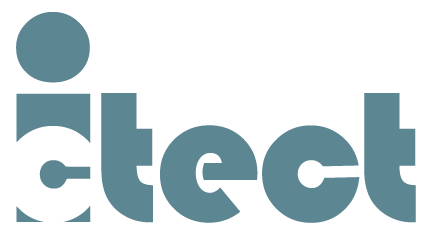Academic Publisher uses Ictect software for Integrity Checking by detecting AI and Papermill Submissions
SITUATION
This case study details a leading global commercial publisher (“Publisher”) that manages a large portfolio of research journals with millions of manuscript submissions from authors all over the world each year. The Publisher was struggling with a major increase in submissions originating from paper mills—organizations that produce and sell fabricated or plagiarized research papers. There was also a growing use of AI-generated content in manuscripts.
This surge in questionable submissions posed multiple challenges. Not only did it raise serious concerns about the integrity and credibility of the journals, but it also imposed a substantial financial burden. The publisher incurred high operational costs for maintaining and processing manuscripts through their submission management system. Additionally, their editorial and review staff were spending countless hours manually screening and flagging problematic submissions—a process that was both time-consuming and prone to human error.
The Publisher recognized the need for a more efficient, scalable, and accurate solution to safeguard the quality of their publications and automatically detect suspicious submissions.
To address this challenge, the Publisher turned to Ictect’s Intelligent Content software capabilities. Ictect created an advanced solution designed to detect anomalies, patterns, and indicators of fabricated or AI-generated content at the earliest stage of the submission process, reducing manual workload, cutting operational costs, and preserving the integrity of the Publisher’s scientific output.
SOLUTION
Ictect configured its Intelligent Content software with the JATS (Journal Article Tag Suite) schema to capture critical manuscript information, including author names and affiliations, metadata, and detailed reference list data.
In addition to standard metadata extraction, the Publisher worked with Ictect to integrate a proprietary database of several hundred thousand “tortured phrases” commonly associated with AI writing. For example, some AI systems alter phrases such as “pros and cons” into nonsensical variants like “professionals and cons.” Identifying these linguistic anomalies allowed the system to assign a probability score indicating the level of AI influence in a manuscript.
The system was further enhanced by incorporating the Publisher’s internal data, including records of communication with authors and relevant information from their accounting system.
With this integrated dataset, the Intelligent Content software is able to generate a dashboard view for journal editors at the point of submission. This enables editors to see real-time risk indicators and make quick, informed decisions about whether a manuscript requires further scrutiny.
This new system saves the Publisher millions of dollars in operational costs while significantly reducing staff time spent on manual screening. The system is aligned with the JATS Schema, and the Publisher expects to extend it into AI-assisted editing and typesetting, resulting in additional efficiency and cost savings in the publishing process.
RESULTS
- Automated Detection: AI and paper mill indicators are flagged at submission.
- Reduced Staff Burden: Significant time savings by eliminating manual screening.
- Integrated Intelligence: Combines manuscript content analysis with internal business data.
- Cost Savings: in the millions through reduced processing times and faster editorial decisions.
- Improved Accuracy: Consistent, data-driven screening improves quality control.


